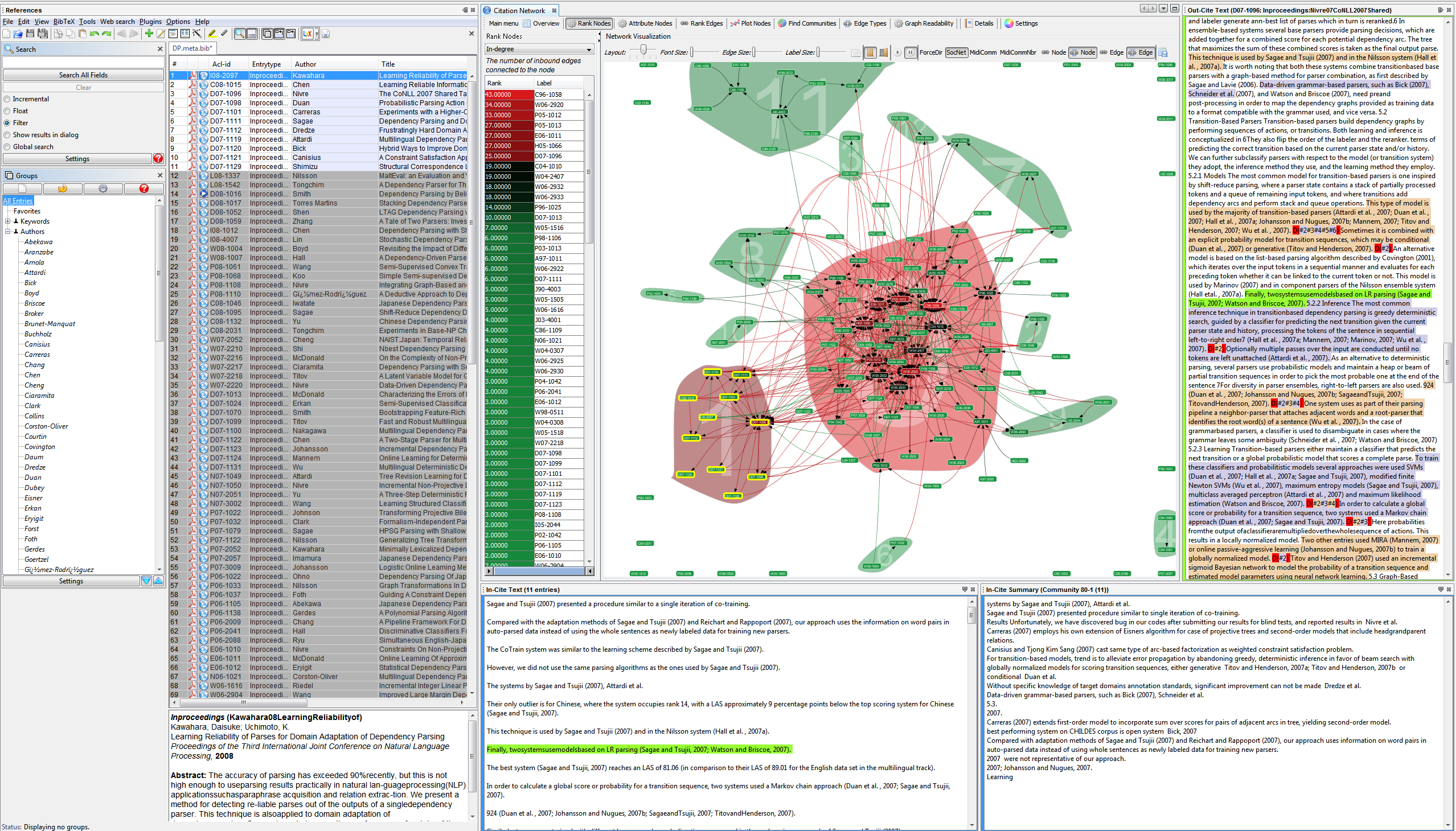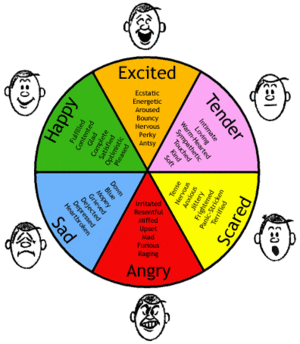“We are creating an early warning system for scientific breakthroughs,”
The National Science Foundation- (NSF) funded Action Science Explorer (ASE) allows users to simultaneously search through thousands of academic papers, using a visualization method that determines how papers are connected, for instance, by topic, date, authors, etc. The goal is to use these connections to identify emerging scientific trends and advances.
“We are creating an early warning system for scientific breakthroughs,” said Ben Shneiderman, a professor at the University of Maryland (UM) and founding director of the UM Human-Computer Interaction Lab.
“Such a system would dramatically improve the capability of academic researchers, government program managers and industry analysts to understand emerging scientific topics so as to recognize breakthroughs, controversies and centers of activity,” said Shneiderman. “This would enable appropriate allocation of funds, encourage new collaborations among groups that unknowingly were working on similar topics and accelerate research progress.”
ASE is not itself a product, but rather “a scientific research study that shows some potent new features that could be added to bibliographic systems to support more powerful functions,” said Shneiderman.
This project is unique and provides “powerful network visualization, integrated with search techniques, statistical methods and text analytics to provide automatic summarization of closely related document clusters,” he said.
Shneiderman explained that ASE would be especially helpful to those who explore emerging topics, such as computer scientists who want to understand quantum computing or environmental researchers who want to explore new visualization techniques for encouraging energy conservation. ASE extends beyond science papers to include topics in any knowledge domain. The ideas of ASE can be built into any language, beyond English.
Bookmark this page for “research visualization” and check back regularly as these articles update on a very frequent basis. The view is set to “news”. Try clicking on “video” and “2” for more articles.










